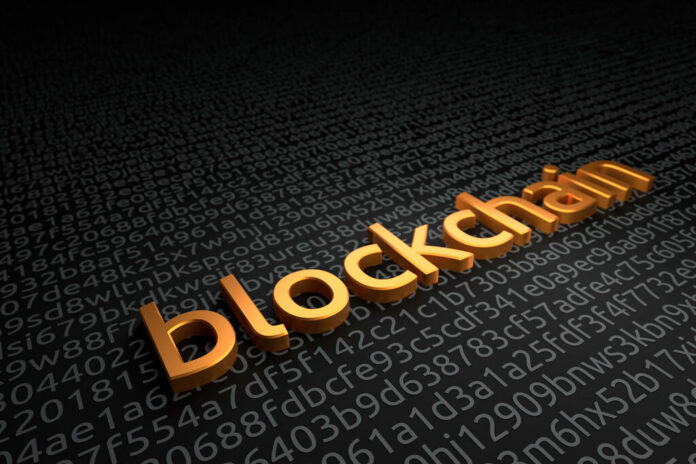American industry barons rose to prominence in the 19th century by leveraging their tangible resources such as steel and oil. Today, titans in business seek to acquire even greater wealth by collecting all the consumer data they can find. However, now, the advantages of accumulating such tangible resources come with significant risk, known as spillage.
Data leaks, just like oil spills, regardless of whether hacker interference caused it or whether it happened accidentally, can cause both consumers and companies significant political, legal, and financial harm. For example, consider Facebook’s fallout earlier this year. The locations, email addresses, full names, and phone numbers of about 533 million active users were acquired by a hacking forum in April. This prompted an outcry from governments and consumers alike.
But, Facebook isn’t alone when it comes to such security issues. In 202, there were more than 1000 data breaches, with over 150 million people being adversely affected by these exposures. In addition, data leaks are a time-consuming and expensive complication for companies and businesses. For example, an IBM report released in 2020 discovered that the average breach cost roughly $8.64 million. It also took almost a year to resolve; however, these metrics differ by industry.
Is Blockchain the savior?
Not using data because you want to avoid security risks isn’t a viable option in this day and age. So, the best way to take advantage of data without risking PR, legal and financial disaster is through privacy-preserving computation. At first, this solution might seem a bit counterintuitive. After all, most blockchain transactions are specifically designed to be both publicly accessible and transparent, characteristics that aren’t in accordance with the data security goals.
But, with that said, it can still be used as a viable third option. Using verifiable computation, you can publicly audit your findings to show everything is okay outside’s the blockchain’s main network. This will help eliminate the risks of exposure that come with transparency. Furthermore, by integrating this kind of computation in the form of a second layer option, this security protocol can be added without undue cost or burden.














